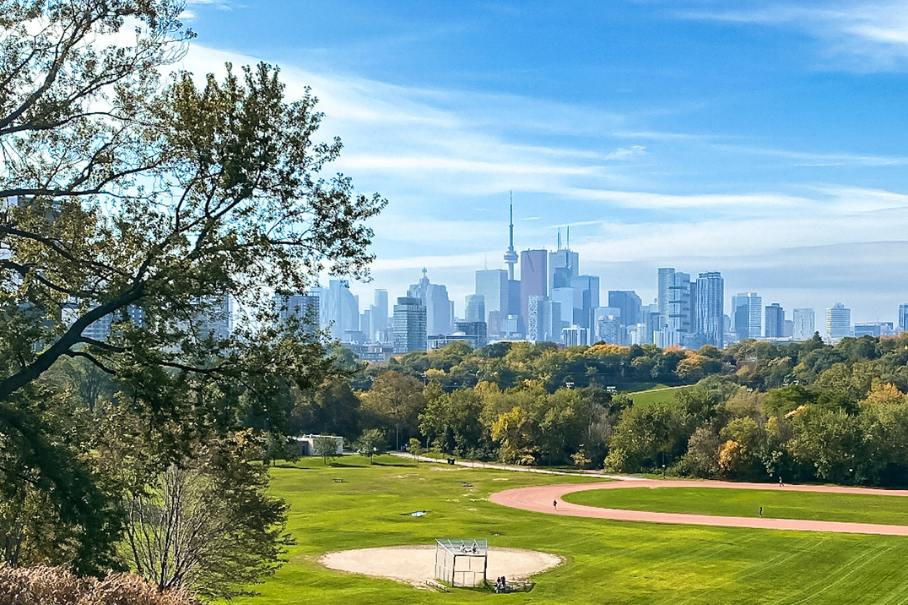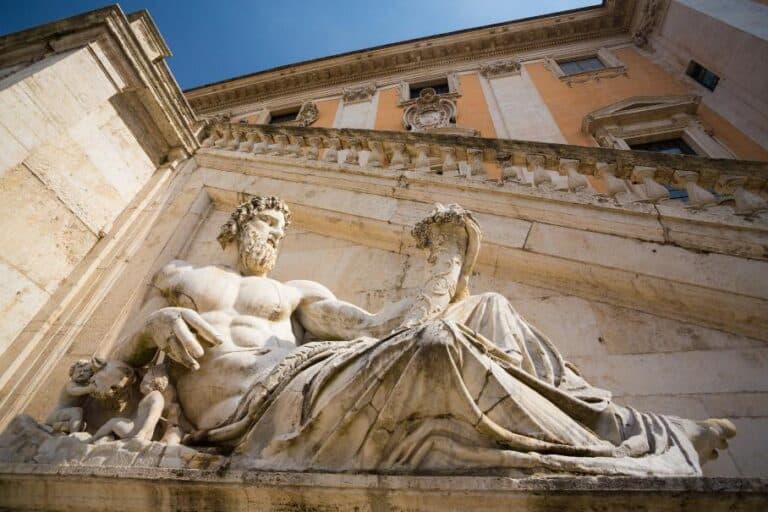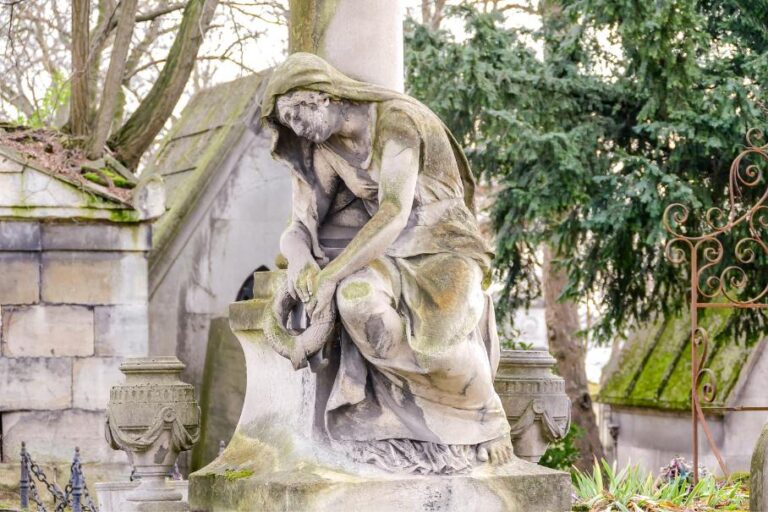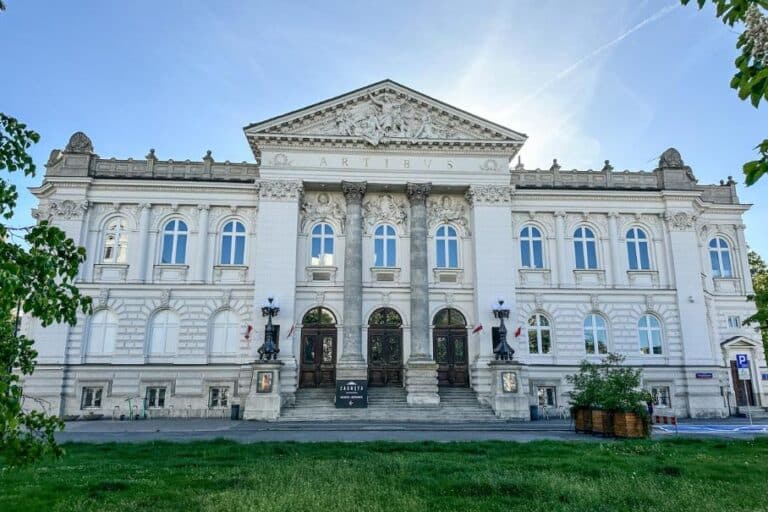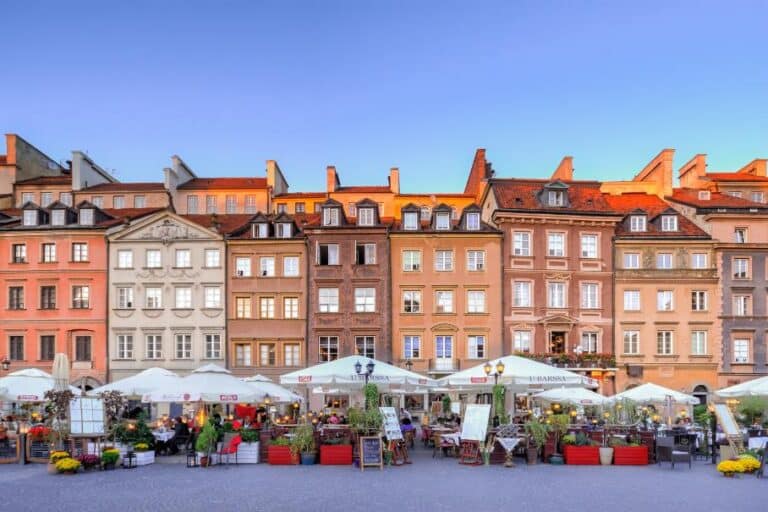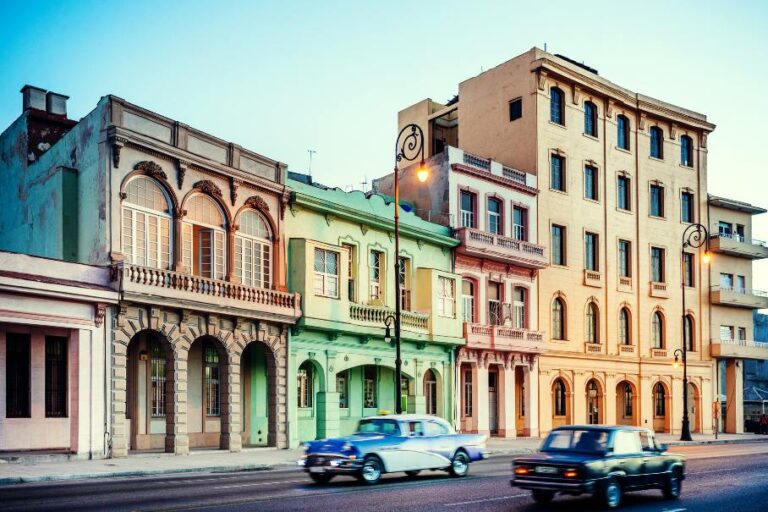Unpacking Toronto’s Most Iconic Nicknames
Toronto has many nicknames—some cool, some odd and some stuck in the past. From Hogtown to The 6, there are many names locals and outsiders really call Canada’s largest city. So, what exactly are the Toronto nicknames? How did they come about and why? If you’ve ever wondered about these nicknames for Canada’s largest city, then this post is for you.
Many people in Toronto have different feelings about the city’s monikers for various reasons. I must admit that some of these nicknames seem out of place today, while others make sense, even if they lack originality. Whether you’re visiting or living here, you’ve likely heard at least a few. But where do these names come from, and what do they really mean? Let’s break them down.
Where does the name Toronto come from?
Toronto’s many nicknames reflect the city’s quirks and its ever-changing and growing nature. Some are still in use today, while others have been retired. You might notice some versions of these names when you travel to Toronto, as they have been widely adopted by various businesses and organizations in their names and slogans.
But where does the name Toronto come from anyway? The name Toronto comes from the Mohawk phrase “tkaronto,” meaning “where there are trees standing in water.” While the city has many trees and parks today, it’s a reminder that Toronto sits on land with a long Indigenous history.
Old-school Toronto nicknames
Toronto’s early nicknames were somewhat unoriginal. Then again, are they ever? Nicknames, as we see here, are often rooted in practicality. Call-it-as-you-see-it variety and not terribly exciting.
- Toronto the Good: Coined in the 1880s by Mayor William Howland (1886-87), who was staunchly against any vice, be that sex, gambling, liquor and anything in between. As a moral crusader, he wanted to clean up the city’s image and shut down vice. Today, it’s used mostly with sarcasm.
- Queen City: Another Victorian-era throwback, this one hasn’t been used in decades. The moniker Queen City referred to the largest city, although not a capital, in a country, state, province or territory. Not Queen Victoria. Now you know.
- The Big Smoke: Probably the least known in origin and perhaps in usage, The Big Smoke is a reference to the city being full of smoke and mirrors. Big reputation with little to show for it. Popularized by Canadian journalist Allan Fotheringham and borrowed from Australian writer Alan Rayburn. I think we have grown in this department with lots to show for today.
- Hogtown: Toronto was once home to the largest meatpacking company and the British Empire’s renowned bacon and pork manufacturer, the William Davies Company. In this case, it’s easy to see how this name came about. While it might still be used among some niche crowds, Hogtown is a throwback to Toronto’s past. “Hogtown” was also used as an insult directed at the city by smaller jurisdictions for a tendency to dominate political affairs at the parliament building in Queen’s Park.
Modern nicknames for Toronto
Toronto has grown over the years and so have its nicknames. These Toronto nicknames still tend to be more function-based rather than a creative endeavour.
- Hollywood North: Toronto has long been a stand-in for many American cities. With plenty of locations, talent and incentives, the local film industry is a major player in Hollywood’s movie productions. Also, Toronto is home to the Toronto International Film Festival (TIFF), one of the world’s biggest international film festivals. A major star fest for obsessed fans, and why many people travel to Toronto in September.
- Condo City: While not officially adopted as a nickname, the reference to Condo City has been popping up among the locals, like the condominiums themselves. With the massive number of high rises in the city skyrocketing over the years, it’s easy to see how this moniker came to be.
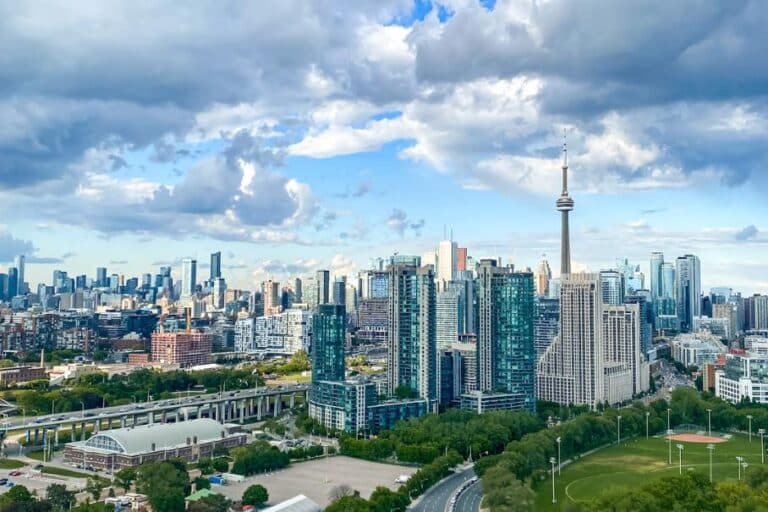
Toronto nicknames from numbers and codes
Least imaginative yet oddly practical nicknames for Toronto that make sense.
- T.O./T-Dot: Least creative yet most practical of all nicknames, T.O. and T-Dot play on the name Toronto and Ontario. It’s universally known and accepted by all Torontonians, with a bit of controversy around it. Many local publications and organizations use the variant on their names or products, ex. BlogTo.
- The 416: The area code 416, introduced in 1947, became one of Toronto’s popular nicknames. Straightforward and accepted by all.
- YYZ: Another one of the many Toronto nicknames is derived from a pre-assigned airport area code. All major Canadian airports start with the letter Y, followed by two other letters identifying the city. It’s unclear how the YZ came to represent Toronto. The most common answer is that the code YZ was first assigned to a train station in what was known as Malton. Today, Malton is part of the city of Mississauga, where the airport is located. The Y was added to differentiate it as an airport, as was the practice with other Canadian airports.
- The Six/6/6ix: Love it or hate it, the Toronto nickname the 6/Six/6ix is the newest kid on the block of nicknames. Toronto rapper Drake first used it in his album Views from the 6, and it’s become a popular, if not contentious, name for Toronto. It’s a play on the original six cities that formed Toronto (North York, Scarborough, York, Etobicoke and East York) and Toronto’s area codes 416 and 647. Thanks, Drake.
Neighbourhood nicknames shaped by immigration
Toronto’s diversity shines through its neighbourhood nicknames. These aren’t nicknames for the city itself, but they reflect how people talk about its many distinct areas. Most of these names come from the immigrant communities that shaped them over generations, and they’re still used today by locals and visitors alike.
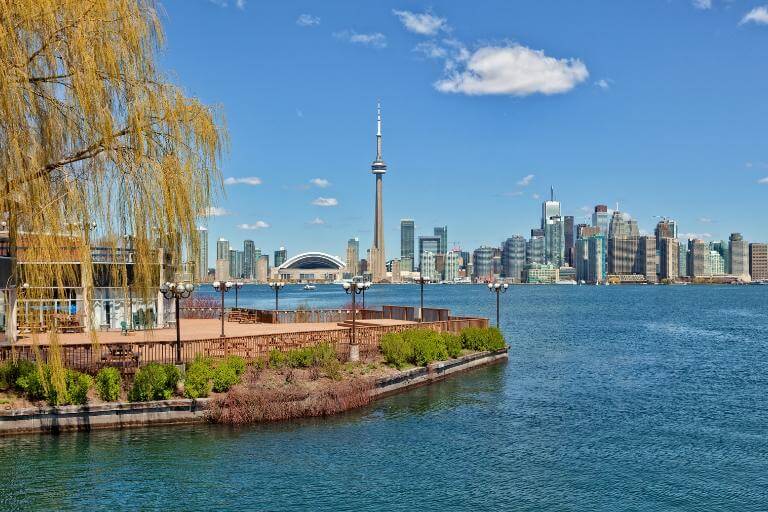
- Greektown: Located along the Danforth, this area is known for Greek restaurants, bakeries, and shops. It’s especially lively during Taste of the Danforth, an annual street festival celebrating Greek culture and food.
- Little Italy: Centered on College Street, this neighbourhood was shaped by Italian immigrants who settled here in the early 20th century. Today, it blends old-school trattorias with new cafes and bars, but the Italian identity remains strong.
- Chinatown: One of the largest in North America, Toronto’s Chinatown sits west of downtown near Spadina Avenue. It’s a bustling mix of Chinese, Vietnamese, and Thai businesses that grew from early Chinese immigration in the 19th century.
- Little Portugal: West of downtown near Dundas Street West, this area has strong Portuguese roots. Today, it’s a mix of traditional bakeries, sports bars, and trendy shops, but still proudly Portuguese.
- Koreatown: Located along Bloor Street West, Koreatown is known for its BBQ restaurants, karaoke bars, and grocery stores. It reflects the vibrant Korean community that established itself here in the 1970s.
- Little India: Officially the Gerrard India Bazaar, this east-end strip is home to Indian, Pakistani, Bangladeshi, and Sri Lankan restaurants and shops. It’s one of the largest South Asian markets in North America.
- Little Jamaica: Stretching along Eglinton West, Little Jamaica has deep roots in the city’s Caribbean community. Reggae music, Caribbean food, and Black-owned businesses make this area a cultural landmark.
These neighbourhood nicknames help tell the story of Toronto. They reflect the waves of immigration that shaped the city and continue to define it. Each one offers a small window into a bigger, global picture—right in the heart of Canada.
Final thoughts on Toronto nicknames
So, here you have it. Toronto nicknames have been shaped by its unique neighbourhoods and the city’s history. These monikers are what make Toronto, well, Toronto. There are many other great cities in Canada, but I don’t think they have as many nicknames as Toronto does. I’m sure as time goes by, we might get more Toronto nicknames to add to the list. Who knows what the next one will be?

